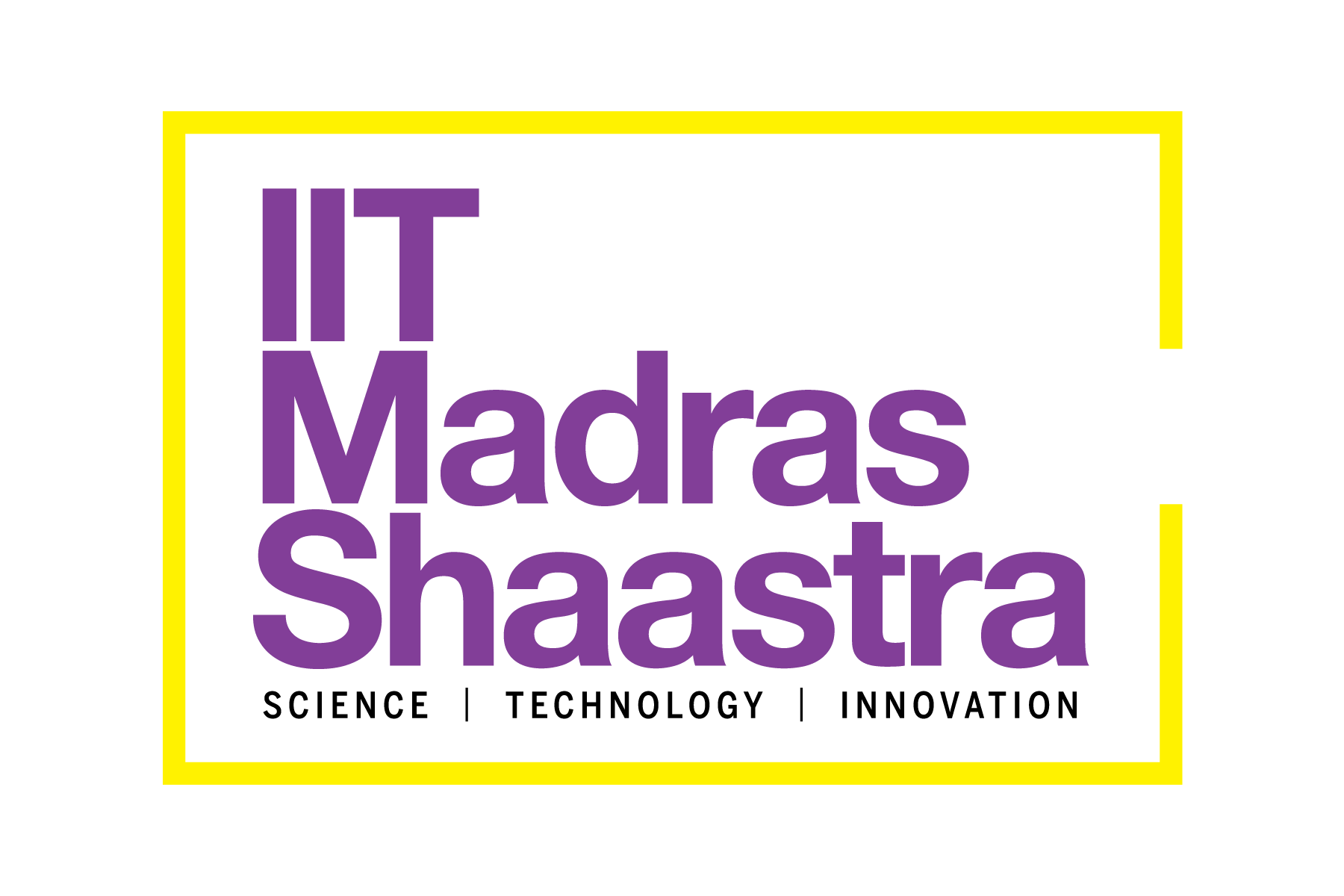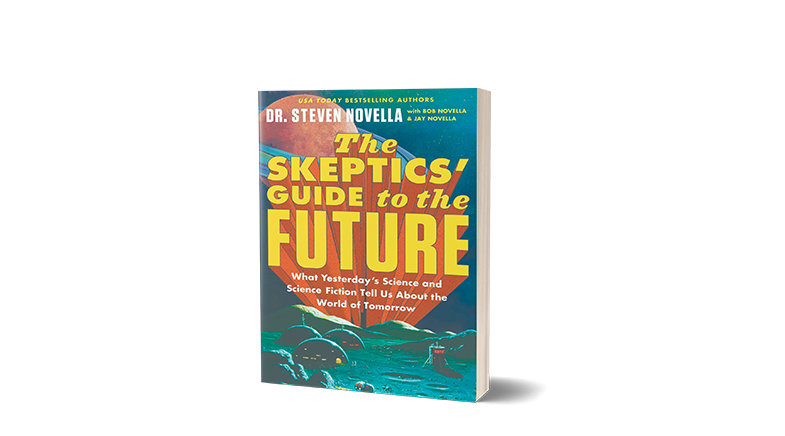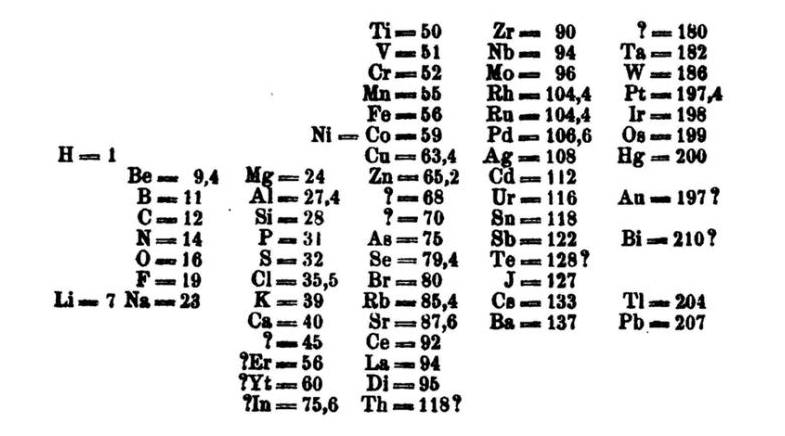It's a kewl cooling solution
-
- from Shaastra :: vol 04 issue 06 :: Jul 2025

An eco-friendly air-conditioning system that's cost-effective and energy-saving.
As the planet heats up, scientists are seeking sustainable methods to cool indoor spaces. To this end, a team of scientists from the Indian Institute of Technology (IIT) Kanpur has developed a cost-effective and eco-friendly metal-hydride-based air-conditioning system that utilises waste heat from industries or automobile exhaust to cool cars and small spaces.
The new refrigerant gases used in air conditioners (ACs) and refrigerators are not ozone-depleting, but emit greenhouse gases that contribute to global warming. Also, the current compressor-based cooling systems are not energy-efficient as they consume a large amount of electricity to compress refrigerant gas mechanically and also have moving parts that cause energy losses.
Using mischmetal — a naturally occurring mix of lanthanum, iron, and other trace elements — reduced the cost, while eliminating the need for energy-intensive mining efforts.
Overcoming these issues, metallurgical engineer Anandh Subramaniam's team at IIT Kanpur has developed a compressor-free metal hydride air-conditioning system with hydrogen as the working fluid (bit.ly/metal-hydride-cooling). In this, hydrogen shuttles between two metal hydride materials — the first is an alloy of calcium, nickel, and copper, and the other is an alloy of mischmetal, nickel, and aluminium. The first metal hydride alloy is heated using waste heat or automobile exhaust, causing it to release hydrogen at high pressure. This hydrogen then goes towards the second metal hydride alloy, which absorbs hydrogen. When it does so, it removes heat from the area it is in contact with, producing a cooling effect. The team showed that such a system was able to bring down the temperature of a 100-cubic-centimetre volume space from 50°C to 12°C in 25 minutes and was able to retain the cooling effect for about 15 minutes.
Typically, pure lanthanum is utilised in metal-hydride-based cooling systems. However, the team used a readily available mischmetal — a naturally occurring mix of lanthanum, iron, and other trace elements. This reduced the cost considerably and eliminated the need for energy-intensive mining efforts. "We're trying to move away from pure rare-earth elements as much as possible, as you spend a lot of energy when you purify them," Subramaniam says. Similar technology is being tested for powering a bus's ACs, where the waste heat from the exhaust is used to cool the space.
Have a
story idea?
Tell us.
Do you have a recent research paper or an idea for a science/technology-themed article that you'd like to tell us about?
GET IN TOUCH














